Defect Types and Solutions in SMT Assembly Process
SMT enables miniaturization in electronics manufacturing but presents defects that need identification and resolution to ensure product quality and efficiency.
Surface Mount Technology (SMT) is a fundamental process used in modern electronics manufacturing. SMT is the act of placing electronic components directly on the surface of a printed circuit board (PCB), enabling electronic product miniaturization, high performance, and reliability. However, the complexity of the SMT assembly process could lead to a number of types of defects, not only affecting product quality but also contributing to functional failures and safety hazards. Therefore, the identification, analysis, and effective resolution of SMT assembly defects are greatly significant for product quality and manufacturing efficiency.
Common Types of SMT Assembly Defects
SMT assembly defects are numerous and can be grouped based on their causes and appearances as follows:
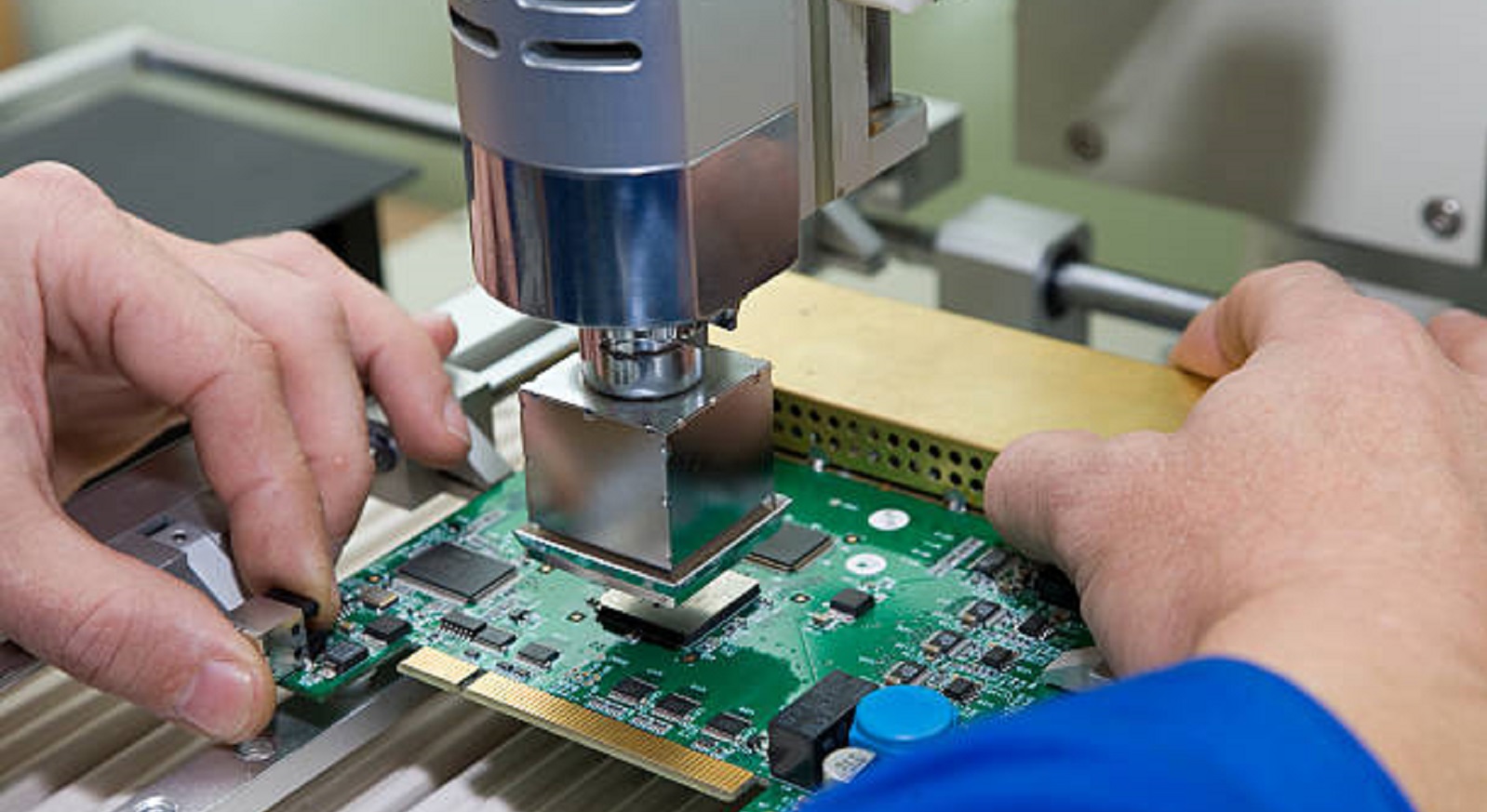
Soldering Defects
Soldering defects are the most prevalent faults in SMT assembly, affecting the mechanical strength and electrical connectivity of solder joints.
Open Circuit: Lack of good electrical connection between solder points, often caused by floating component leads or insufficient solder paste.
Short Circuit: Unintended electrical connection between solder points, often caused by misregistered solder paste printing or excessive solder paste.
Cold/Bad Solder Joint: Solder joints appear dull and brittle, often caused by low soldering temperature or too rapid cooling.
Tombstoning: One side of a small component is lifted, often due to uneven pad heating or insufficient solder paste activity.
Insufficient or Excessive Solder: Insufficient or overflowing solder joint coverage, caused by print defects or design shortfall.
Solder Balls and Bridging: Solder balls appear between pads, and bridging occurs often in components with fine pin spacing, generally due to solder paste moisture absorption or print defects.
Component Defects
These are primarily due to the components themselves or the mounting process.
Incorrect/Incomplete Component: Incorrect model or incomplete components due to material control or operator error.
Misorientation/Displacement: Incorrect orientation or displacement of polarized components, due to programming mistakes or operator mistakes.
Tombstoning: Components lean or stand on their edge, usually in small chip components, potentially due to mounting pressure or nozzle issues.
Solder Paste Printing Defects
As it is the first process of SMT assembly, this process is prone to defect.
Incorrect Solder Paste Quantity: Insufficient or excess solder paste for the solder joints, relating to squeegee pressure, solder paste viscosity, etc.
Collapse/Spread of Solder Paste: Deformation in solder paste shape, which may result in short circuits, caused by low viscosity or improper storage.
Solder Paste Contamination/Trailing: Solder paste on non-pad areas or extended, due to untimely stencil cleaning or other factors.
Methods of Resolving SMT Assembly Defects
Effective handling of different SMT defects requires certain measures, generally divided into prevention and rework. Prevention is the foundation, whereas rework is a remedy.
Preventive Measures
Prevention is the best way of improving SMT product quality.
Optimize Process Parameters: Entails setting parameters for solder paste printing, pick-and-place, and reflow soldering based on production requirements.
Stringent Material Management: Control component quality by warehousing inspection and solder paste storage appropriately.
Equipment Maintenance: Maintain regular cleaning and maintenance of equipment for uniform performance.
Employee Training: Train operators systematically to improve skills and quality awareness.
Design Optimisation: Minimise component placement and pad design on the PCB design level for manufacturability.
Process Monitoring: Utilise tools such as SPI and AOI to inspect the manufacturing process and improve quality using statistical process control methods.
Rework Methods
For existing defects, rework is conducted on the principle of minimal damage.
Manual Re-soldering: utilize the use of a soldering iron for re-soldering open circuits or bad solder joints.
Hot Air Rework: Use rework stations to control complex components with precision removal and mounting.
Desoldering Tools: Remove excess solder or small parts without hurting adjacent components.
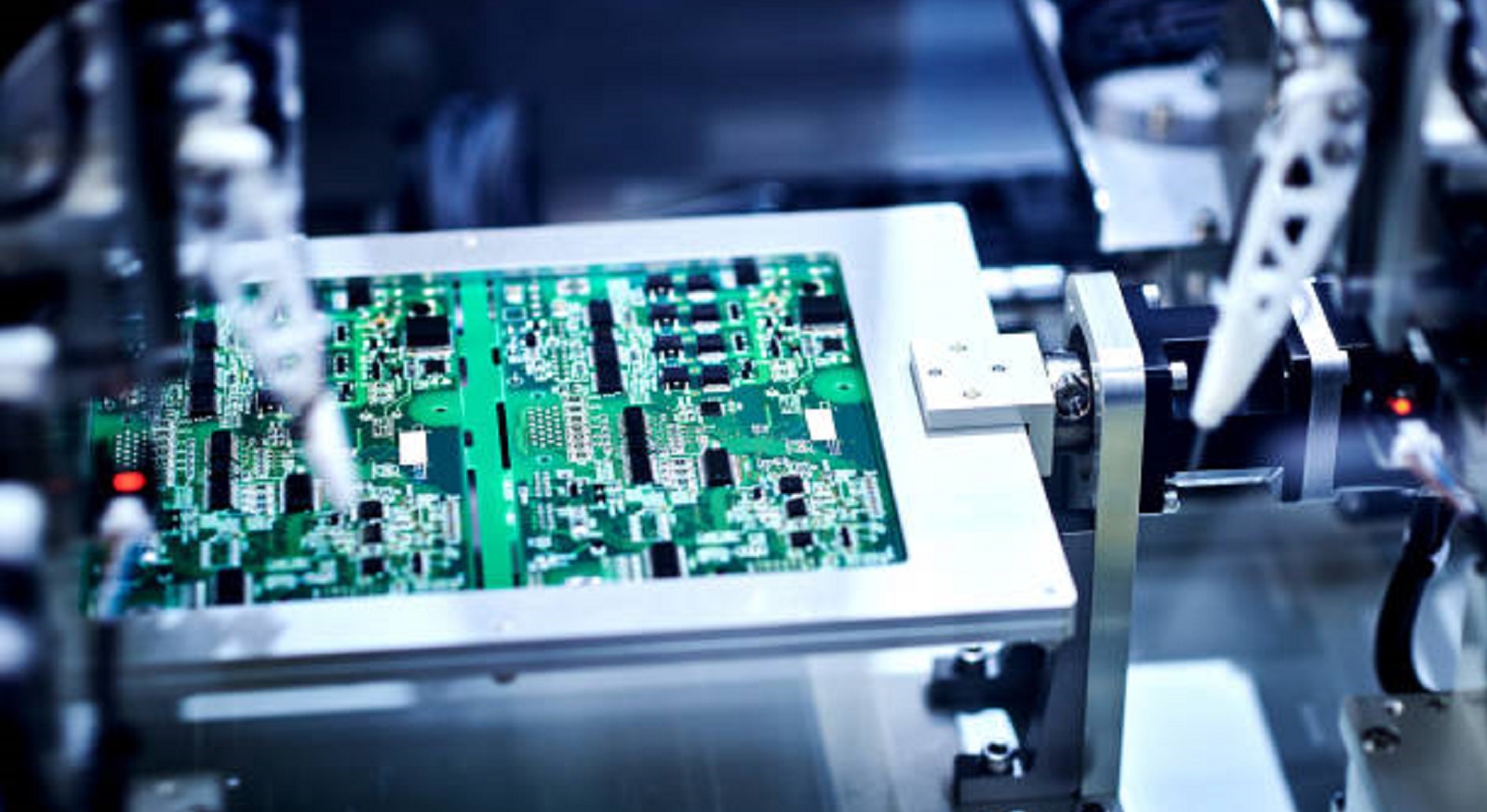
Managing SMT assembly defects is a formalized engineering function needing thorough management in design, materials, equipment, process, and manpower. By establishing a healthy quality management system, continuously optimizing process flows, and adopting advanced detection and rework technologies, faulty rates can be minimized to an extreme extent, ensuring top-class quality and reliability of SMT products. Based on abundant experience and innovative power in intelligent manufacturing, PCBX can be your trustworthy companion on the journey of electronic manufacturing, tackling challenges side by side, enhancing product quality, and solidifying market competitiveness. Let's join hands to create a future of "zero defects" in intelligent manufacturing!
Hot Tags:
Contact us

If you can't find what you're looking for, please contact us.
Article
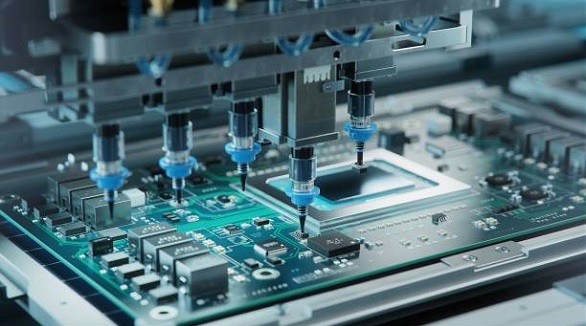
Ensure SMT quality through detailed design, supplier rigor, and process controls, enhanced by testing and continuous improvement for reliable, defect-free products.
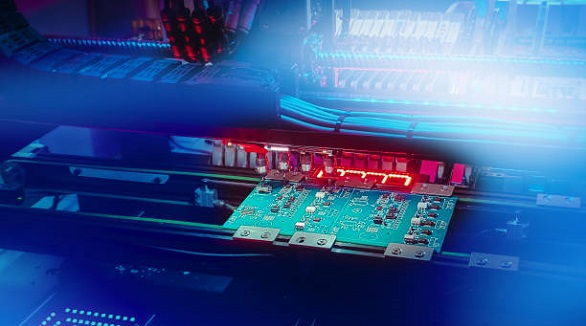
Surface Mount Technology revolutionizes electronics, offering size, cost, and performance benefits, but poses challenges with high setup costs and handling.
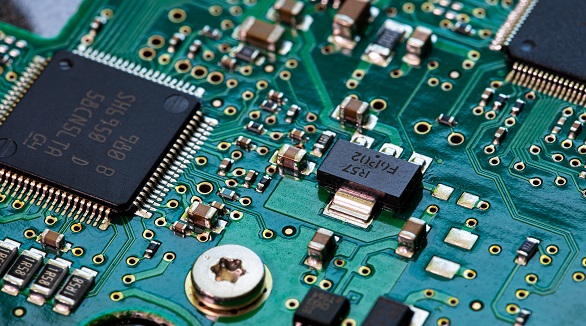
SMT assembly streamlines electronics manufacturing with compact, reliable designs using precise equipment, meeting high-density demands and international standards.